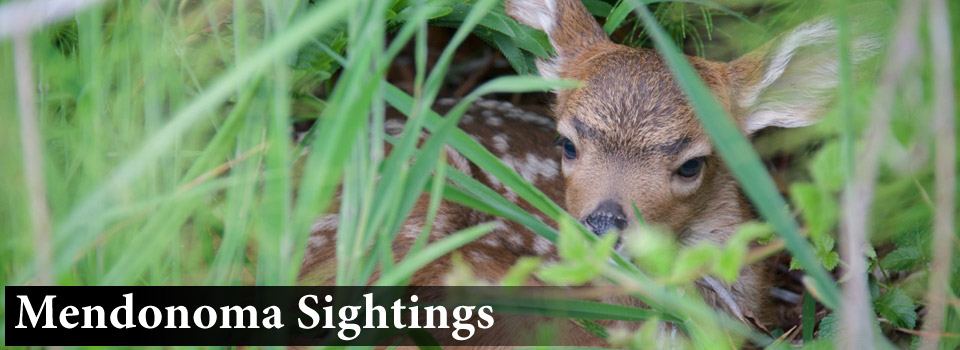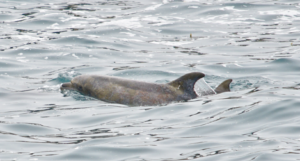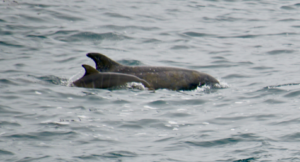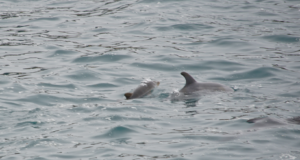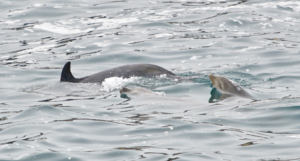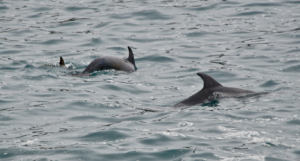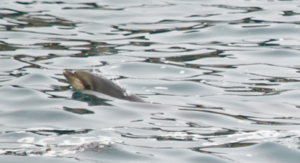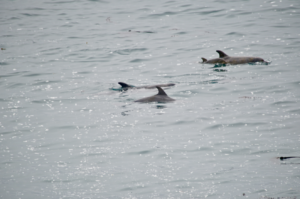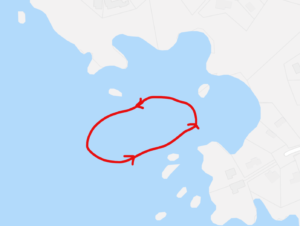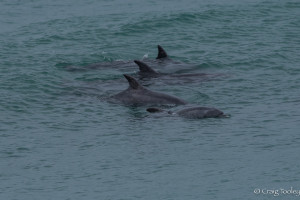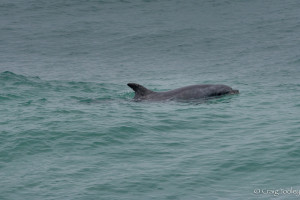Karen Wilkinson spotted Bottlenose Dolphins several weeks ago. She enjoyed watching them surf the waves.
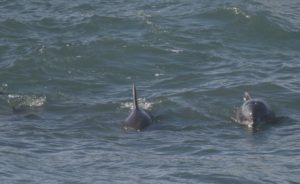 Bill Keener of Golden Gate Cetacean Research took a look at Karen's photos. Bill wrote, “This was a tough bunch because most of the dolphins were unknown to me. I am sending them on to other researchers in Monterey Bay to see if they know them. However, the first dolphin was easily recognizable as Sakura, a female. You have seen Sakura before on August 19, 2018 at Sea Ranch. She was with Bliss in that group, but Bliss did not appear in the group from February 1.”
Bill Keener of Golden Gate Cetacean Research took a look at Karen's photos. Bill wrote, “This was a tough bunch because most of the dolphins were unknown to me. I am sending them on to other researchers in Monterey Bay to see if they know them. However, the first dolphin was easily recognizable as Sakura, a female. You have seen Sakura before on August 19, 2018 at Sea Ranch. She was with Bliss in that group, but Bliss did not appear in the group from February 1.”
Below is a photo Karen took of Sakura in 2018 with her newborn calf just to her right.
Bottlenose Dolphins are identified by the notches in their dorsal fins. They have extended their territory northward and we are seeing more them off our coast. As Karen knows, they are so much fun to watch. And it’s interesting that Sakura was seen in a different pod. There is a lot to learn about them in the days ahead.
Thanks to Karen for allowing me to share her photos with you here.
Back to incredible balmy weather today. News flash! A few Gray Whale mother/calf pairs have swum by our shores in the past few days, very early this year. Hundreds of adult Grays swam by this past week headed back to their feeding grounds in the Arctic.
